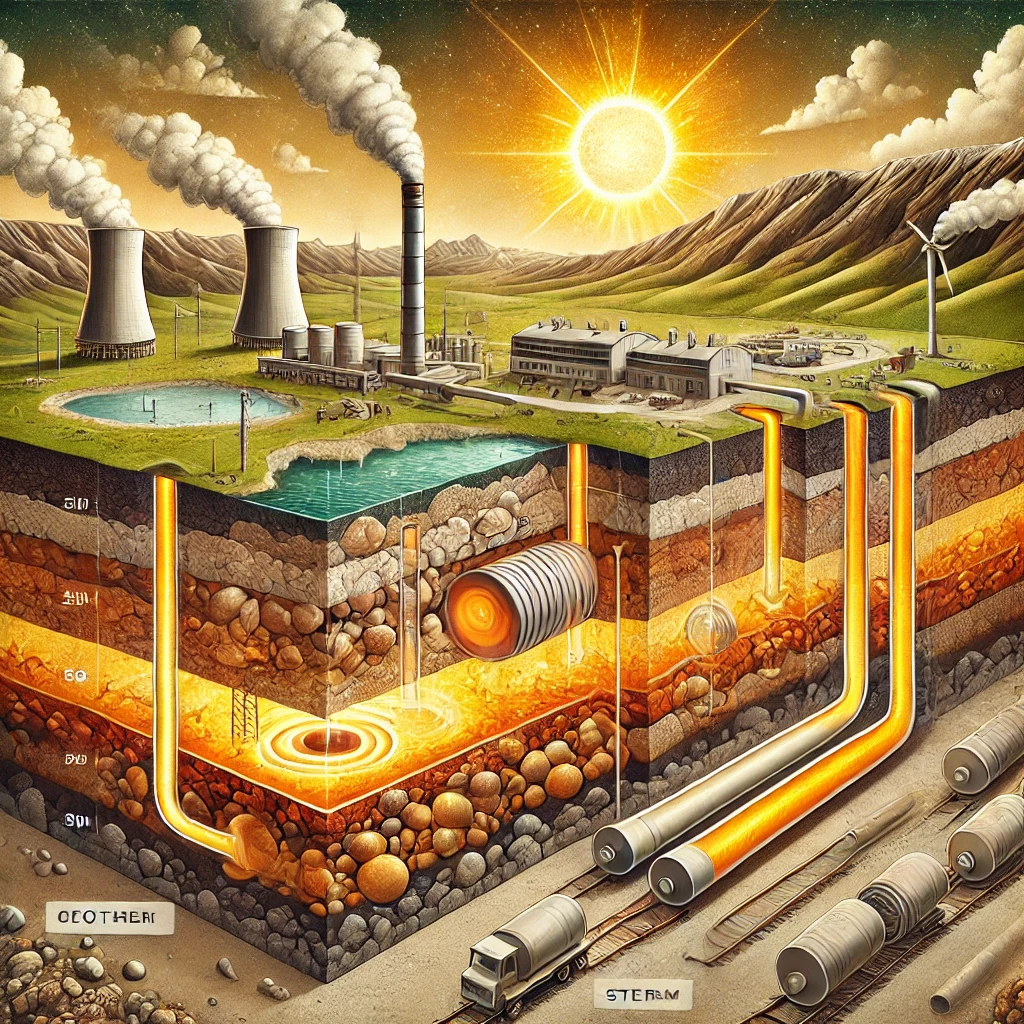How does Geothermal energy works?
Article Source: Geothermal Energy - WCPSS

Why you should care
Geothermal energy is a renewable energy source that comes from the heat inside the Earth. It’s important because it provides clean, reliable power without polluting the environment. With growing concerns about climate change and the need for sustainable energy, geothermal energy offers a powerful solution. It’s available 24/7, unlike solar or wind, making it a dependable energy source for the future.
Answering the question… How does Geothermal energy works?
Geothermal energy works by using the heat from beneath the Earth's surface to generate electricity or heat buildings. The article explains that geothermal plants pump hot water or steam from underground reservoirs, which then turns turbines to produce electricity. This process can generate power for millions of homes. The Earth's core is over 10,000°F, making geothermal energy an incredibly powerful resource.
How was the study done?
The study reviewed various geothermal energy plants around the world, examining their efficiency, environmental impact, and energy output. Researchers compared different technologies used to harness geothermal energy, such as dry steam, flash steam, and binary cycle plants. The study also looked at the cost of building geothermal plants compared to other renewable energy sources like wind or solar.
What was discovered?
- Geothermal energy can generate electricity with up to 90% efficiency, far higher than traditional fossil fuel plants.
- It is a stable energy source, capable of producing power 24/7, making it more reliable than solar or wind, which depend on weather conditions.
- Geothermal energy could provide over 10% of the world’s energy needs by 2050 if properly utilized.
- The study found that countries like Iceland generate nearly 100% of their electricity from geothermal and hydroelectric sources, showing the potential of geothermal energy.
- Geothermal plants produce very low emissions, reducing carbon dioxide output by 90% compared to coal-fired power plants.
- While the upfront cost to build geothermal plants is high, operating costs are low, making it a cost-effective energy source over time.
- Geothermal energy taps into the Earth's heat, which renews itself constantly, providing an endless supply of clean energy.
Why does it matter?
The discoveries highlight geothermal energy's potential to play a significant role in reducing our reliance on fossil fuels. It offers a cleaner, more reliable, and efficient energy source that can help combat climate change. As we move towards a future focused on sustainability, investing in geothermal energy could reduce carbon emissions and provide stable power for generations to come.
